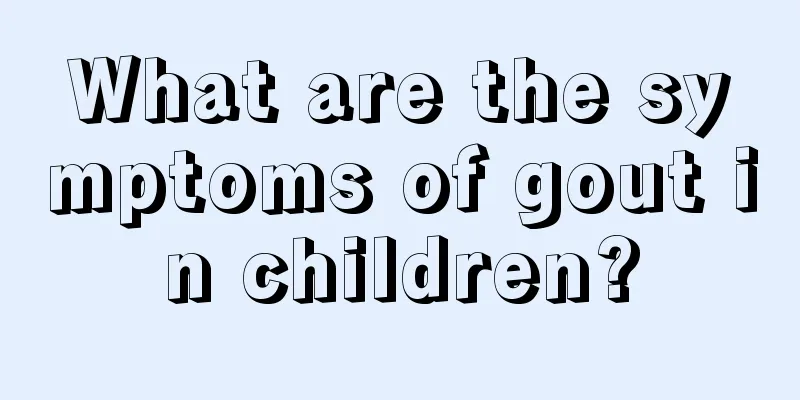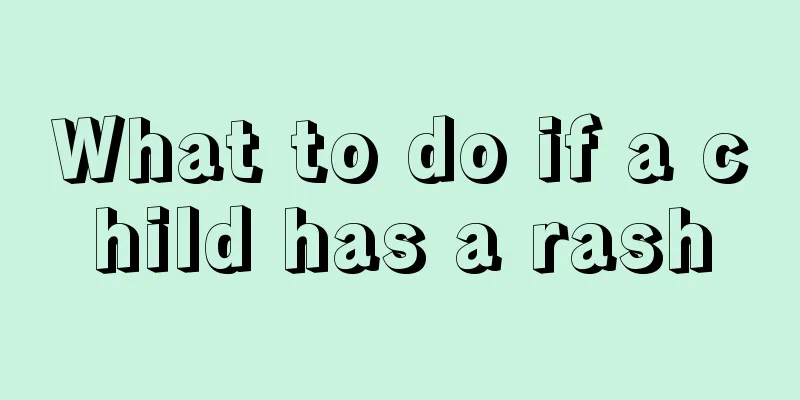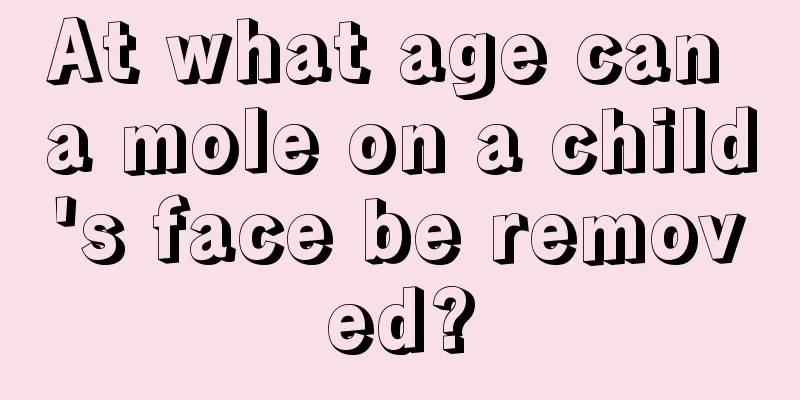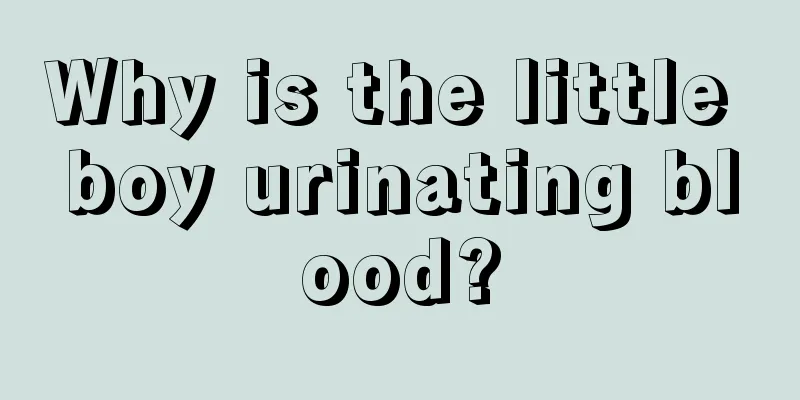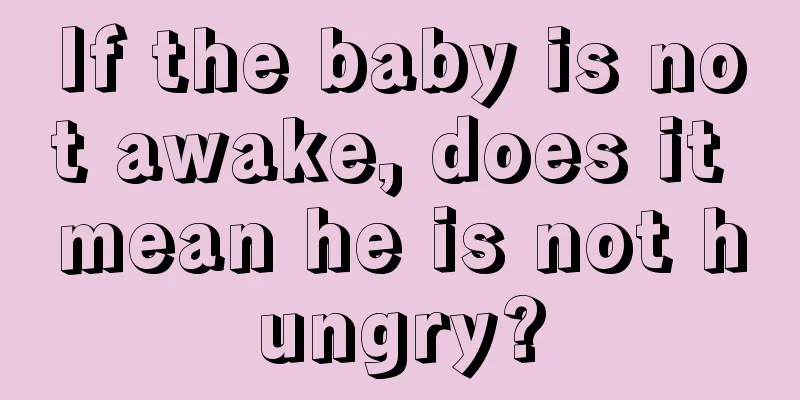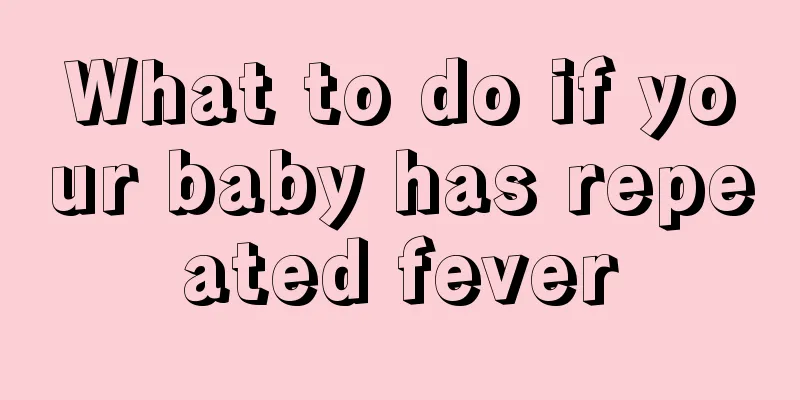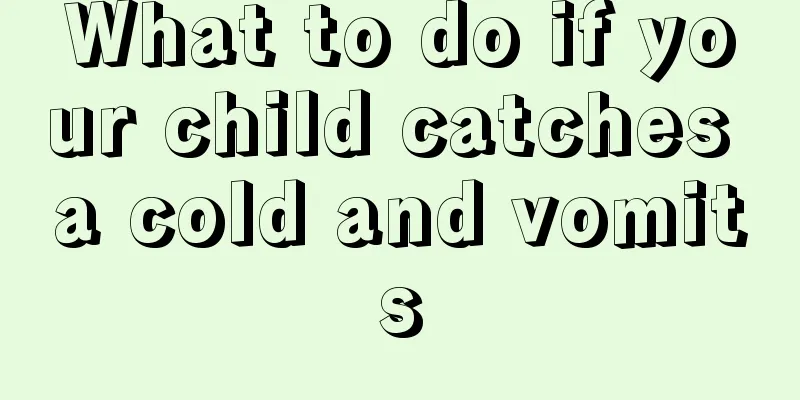Baby's monthly growth chart

|
A baby's physical changes are very fast. Because you need to be cared for all the time, staying together often may not allow you to see the physical changes in your baby very clearly. However, parents can judge their child's physical development by comparing it with the baby's monthly growth chart, so that they can have a very clear outline. So, what is the growth chart of a baby every month? Let’s take a look below.
Physical Development: Movements begin to become more spontaneous and reflex movements begin to disappear. Mental development: Can make various sounds to express feelings and needs. Sensory and Reflexes: Easily soothed by mother's voice. Social development: Recognizes mother's face and voice. 2-month-old baby development index standard Physiological development: The posterior fontanelle has approximately closed. You will sleep longer continuously at night. Mental Development: Stop sucking and listen. Sensory organs and reflexes: Spontaneous movements increase and primitive reflexes disappear. I prefer brightly colored and detailed patterns. Social Development: Laughs easily and is spontaneous. Will giggle. I prefer looking at faces rather than things. 3-month-old baby development index standard Physiological development: The neck tension reflex disappears, and the child often puts his fingers in his mouth and sucks them. Mental development: When in a happy mood, the hands and legs move in a larger range of motion. Sensory and Reflexes: May clench fists or slap objects. The little hands are open most of the time. Social development: Babies get their attention when familiar people approach. 4-month-old baby development index standard Physiological development: When lying prone, the head is raised very high and forms a 90-degree angle with the shoulder blades. Mental Development: Likes to make new sounds. Senses and reflexes: Can distinguish smells. Can hold things with index and middle fingers. Social Development: Laughs while playing games. May cry when play is interrupted.
Physical Development: Able to remain alert at least half of the waking time. Mental development: Looks around in new environments. Hold one block, look at the second block, put down the first block, and then pick up the second block. Senses and Reflexes: Can grab large hoops. Can hold the bottle with both hands. Social Development: Will protest and reject anyone who tries to take toys away. 6-month-old baby development index standard Physical development: Able to turn wrist to flip and manipulate objects. He can use his hands to support himself to sit up, but he is not very good at it. Mental development: Likes to see changing scenery. Like to see things upside down. Sensory and Reflexes: Manipulate toys more easily. Social development: Babies cry when their mothers leave home. 7-month-old baby development index standard Physical development: Use hands and knees to push the body up and rock back and forth. Mental Development: Understand that things do not disappear when they are hidden. Can imitate different sounds and make a series of sounds. He babbles all day long. Senses and Reflexes: Can hold one object in each hand at the same time. Can grab things with fingers. Social development: resist doing things you don’t like. Love mom and dad. 8-month-old baby development index standard Physical Development: When held in a standing position, the baby will place one foot in front of the other. Mental Development: Understands simple instructions. Will shake your head to mean "no". Senses and Reflexes: Can use fingers to pick up small objects and then pick them up with hands. Social Development: Don't like being restricted. When he sees an adult who is familiar with him or who likes him, he will extend his arm. 9-month-old baby development index standard Physical development: Able to stand with little support. Mental Development: Increased imitation of others' actions. Can understand and obey certain words and instructions. Sensory and Reflexes: Spontaneous release of objects in an unskilled manner. Use your thumb and index finger to pick up small objects. Social Development: Repeats sounds and gestures to attract attention, imitates facial expressions and sounds, enjoys different games. 10-month-old baby development index standard Physical development: Can climb up and down chairs. Mental Development: Likes to take things apart and put them back together, and can open drawers and cabinets to explore what's inside. Sensation and Reflexes: Can distinguish the use of both hands. Social development: Begins to learn gender identification. Help yourself to dress. Enjoys games such as hide and seek and rolling back and forth on the floor. Deliberately drop something for others to pick up.
Physical development: Can walk one or two steps without holding on to anything, and can walk with the help of toys with wheels. Mental development: Can identify animals in pictures. Events can be remembered for a longer time. Sensory and Reflexes: Hand preference (left or right). Social Development: Will pay attention to anything he likes. Will kiss upon request. Have strong reactions when separated from parents. May refuse to be fed. Fear of unfamiliar people and places. Stick to eating on your own. 12-month-old baby development indicators Physical Development: Demonstrates movements combining standing, walking, and wandering. May climb out of crib or play pen. Mental Development: Can understand most of what is said to him. Sensory and Reflexes: May place two objects in mouth or reach for another object under armpit. Social Development: Will hug and feed soft toys to show affection. Only take one nap. |
<<: How many months does the baby remember?
Recommend
What to do if your two-year-old baby drools
It seems that every baby will drool. Some droolin...
What is the cause of the newborn's mouth peeling?
We all know that taking care of a baby is not an ...
Conditions for BCG vaccination in premature infants
BCG vaccine is a relatively common vaccine and is...
What to do if your child has a fever and asthma
Fever is a very common disease in our lives, and ...
Normal weight for 12-year-olds
Maybe we are not very familiar with the growth an...
Is it serious if a child has a fever and shivers?
It's already January, and although the temper...
Can children take a bath every day?
For children, taking a bath every day should be s...
How to deal with tooth decay in a three-year-old baby
What causes tooth decay in children? If a three-y...
Why does my baby sweat a lot when sleeping?
Taking care of a baby during the day is already v...
How old is the baby to add complementary food?
Because babies have weak digestive abilities, mot...
How long does it take for a child's radial fracture to heal?
Children's bones are not fully developed and ...
What to do if children keep coughing
Children's physical health is an issue that p...
Children's mosquito repellent stickers
As the weather gradually gets warmer, more and mo...
Why is the child late in speaking?
Many young parents hope that their babies can gro...
Baby retching while feeding
Many mothers will find that their children will v...

